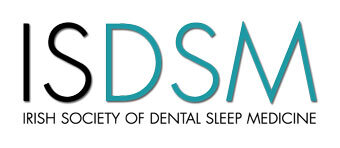
Obstructive Sleep Apnoea (OSA)
What is Obstructive Sleep Apnoea (OSA)?
Obstructive sleep apnoea (OSA) is a potentially serious sleep disorder in which breathing repeatedly stops and starts during sleep. OSA is a serious and lifelong medical condition that affects between 18 and 30 million adults over 18 in the US; with approximately 90% of them undiagnosed. OSA is a chronic, lifelong medical condition that can affect your sleep, health and quality of life. It has been linked to hypertension, diabetes, heart disease, work and driving related accidents and stroke.
It can have a significant impact on quality of life, placing unnecessary strain on relationships between bed partners, family and in the workplace.
What Causes Obstructive Sleep Apnoea (OSA)?
During sleep, muscles relax, including those that control the tongue and throat. Snoring is often a symptom of OSA caused by changes in your upper airway while you sleep. Your soft tissue may vibrate (commonly known as snoring) or it may completely collapse causing you to stop breathing. The soft tissue at the back of throat can sag, narrowing and constricting the airway. Collapsing of the soft tissue is called an Obstructive Apnoea and may last for 10 seconds or more.
Symptoms and Risk Factors of Obstructive Sleep Apnoea (OSA)
One of the most common signs and symptoms of obstructive sleep apnoea (OSA) is loud and chronic (ongoing) snoring. Pauses may occur in the snoring. Choking or gasping may follow the pauses. These brief periods of breathing cessation don’t trigger full alertness, but disrupt sleep enough to leave sufferers groggy in the mornings — and at risk for a number of more serious health problems, often without even realizing there’s a problem. You likely won’t know that you’re having problems breathing or be able to judge how severe the problem is. A family member or bed partner often will notice these problems before you do.
Do you have one or more of these symptoms?
If you or a loved one have OSA or display a combination of the symptoms above, treatment is essential. Ask your physician or dentist about taking an Apnea Risk Evaluation Screening test, which is a simple questionnaire. If you have already been diagnosed with mild to moderate obstructive sleep apnea, consider using a SomnoDent device for Continuous Open Airway Therapy.
With successful treatment, restful nights and refreshing days for people with OSA and their loved ones are within reach.
Information taken from somnomed.com with permission.

